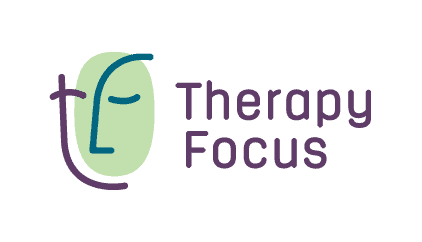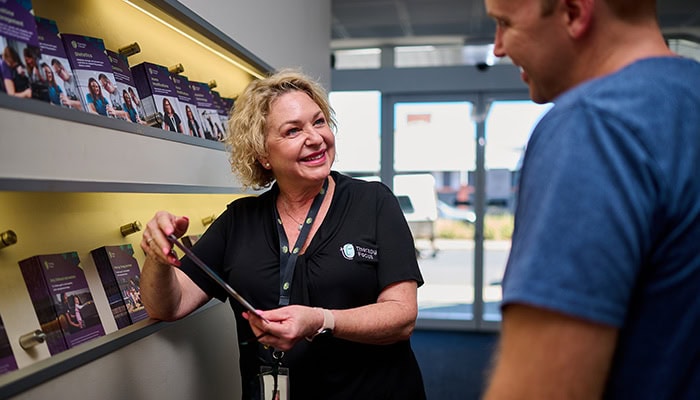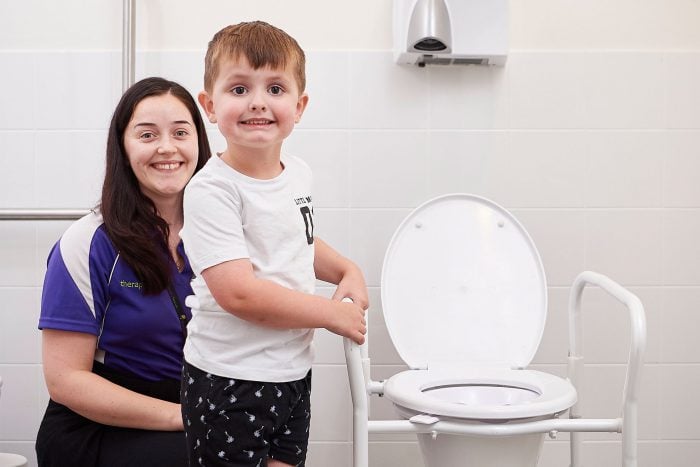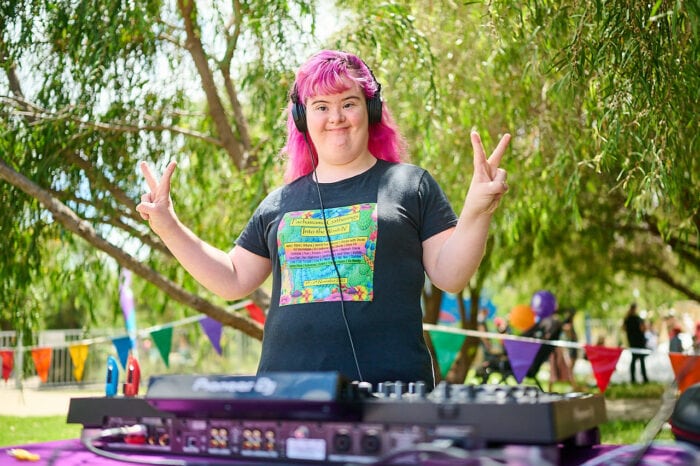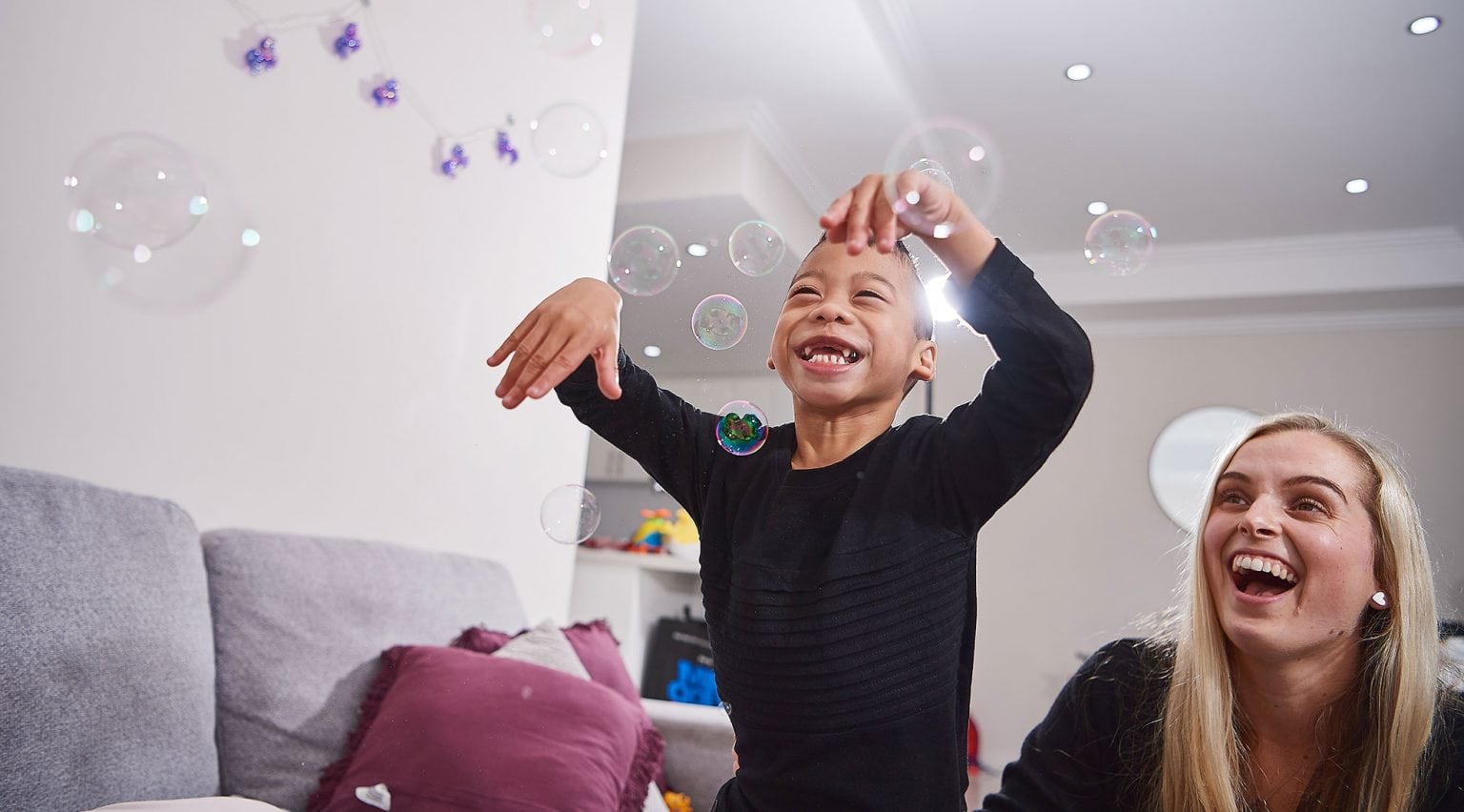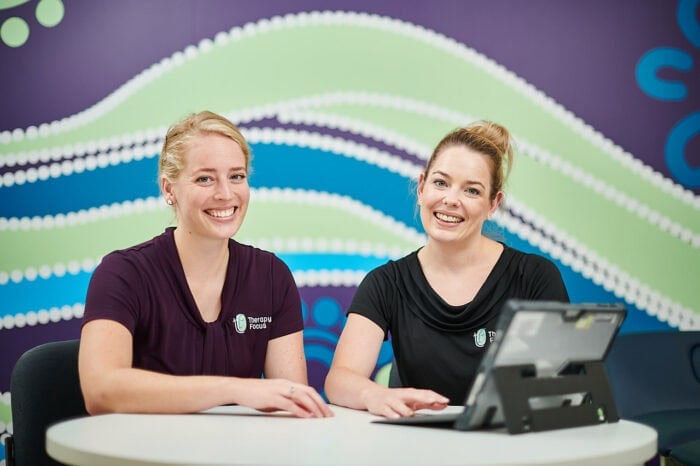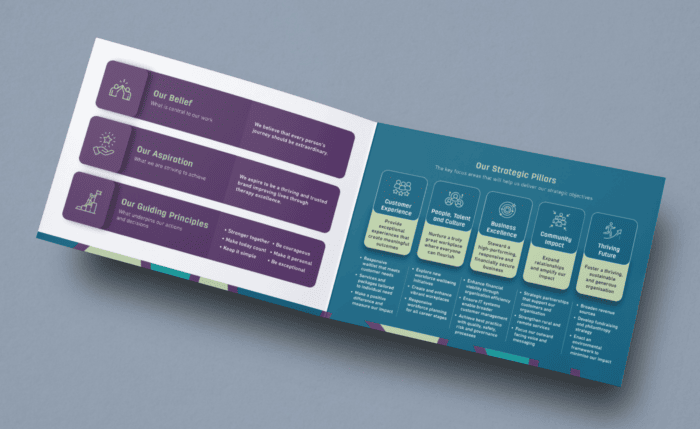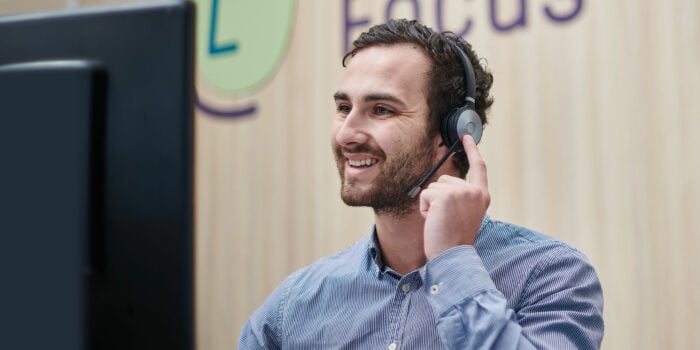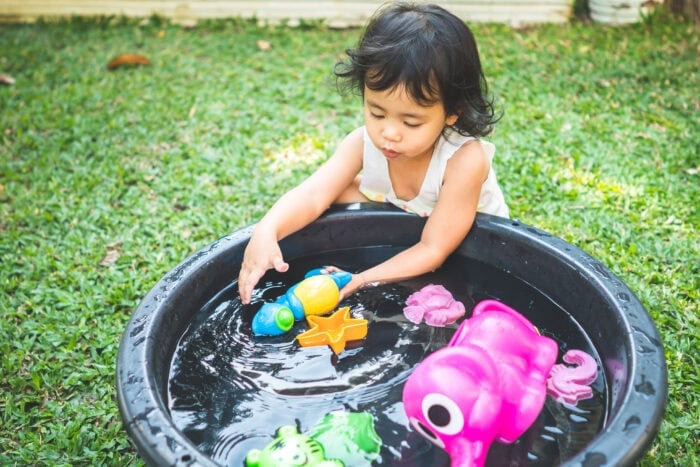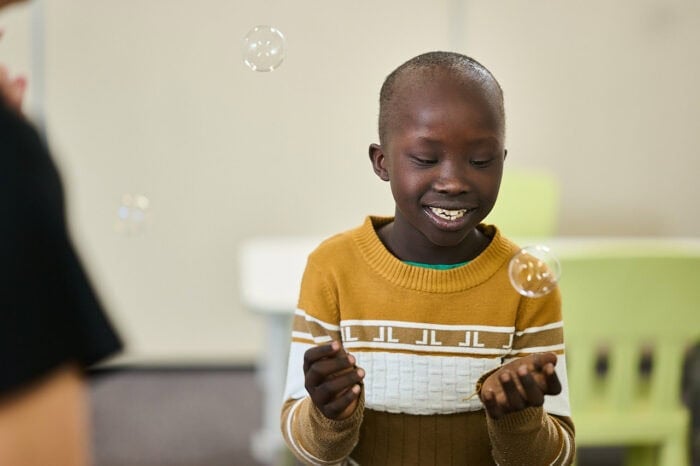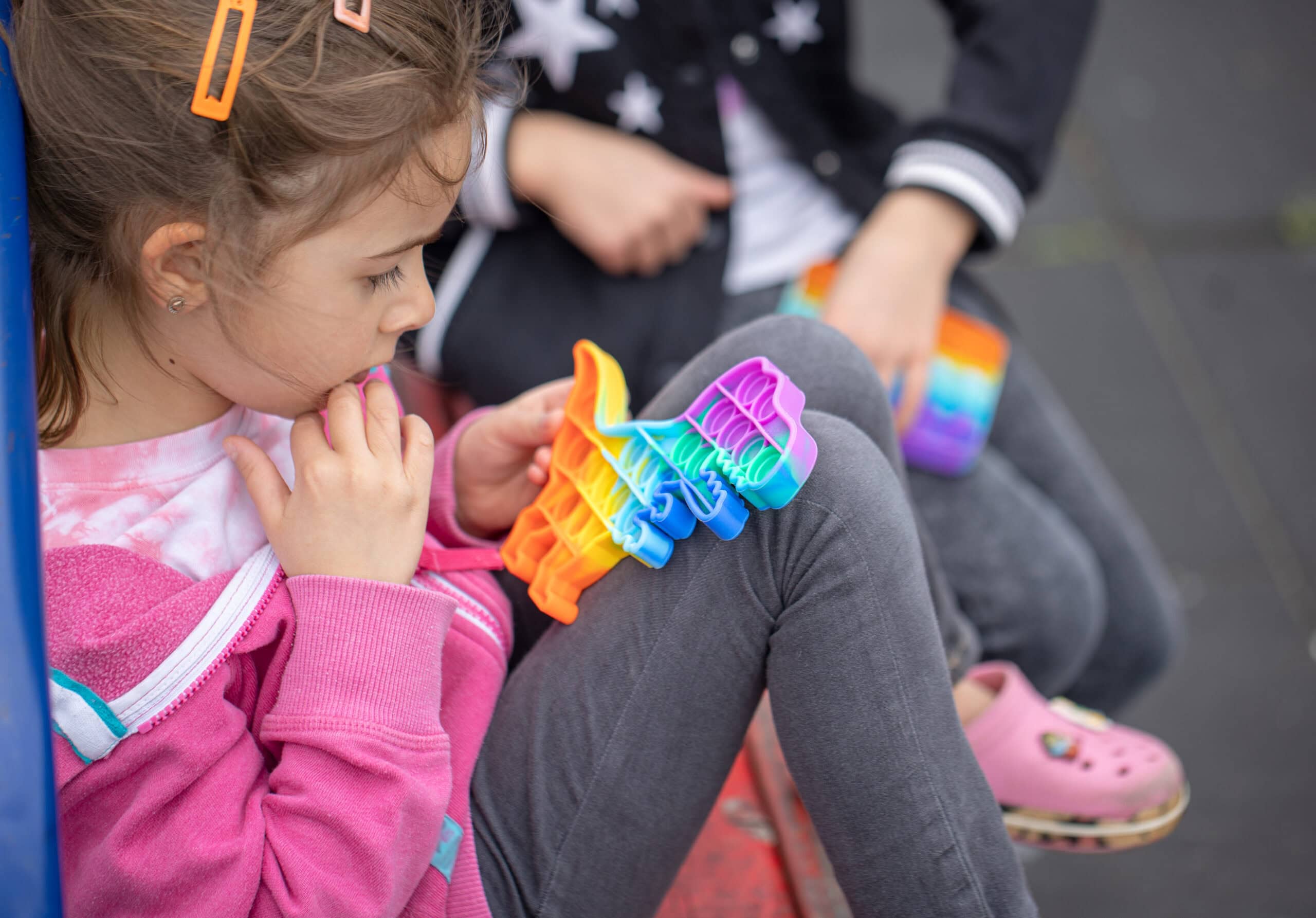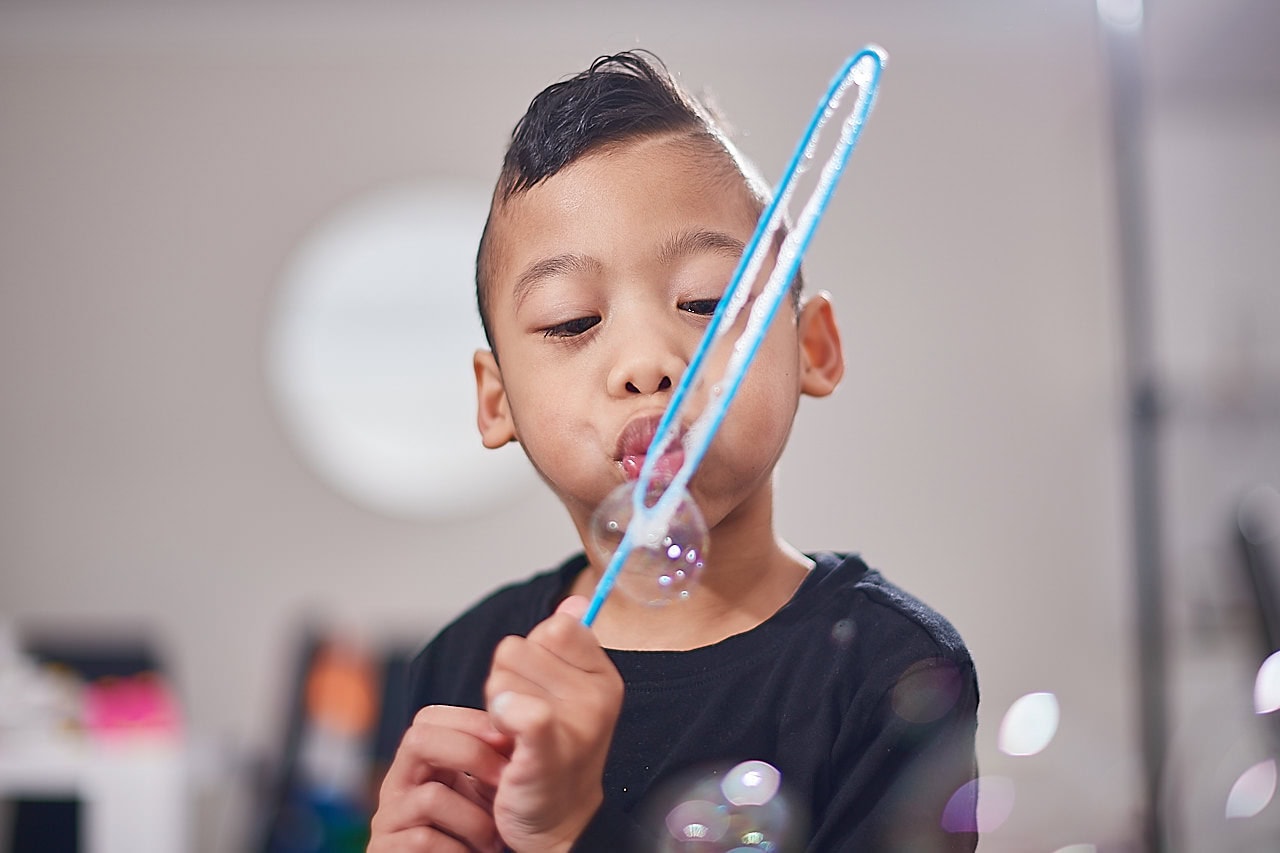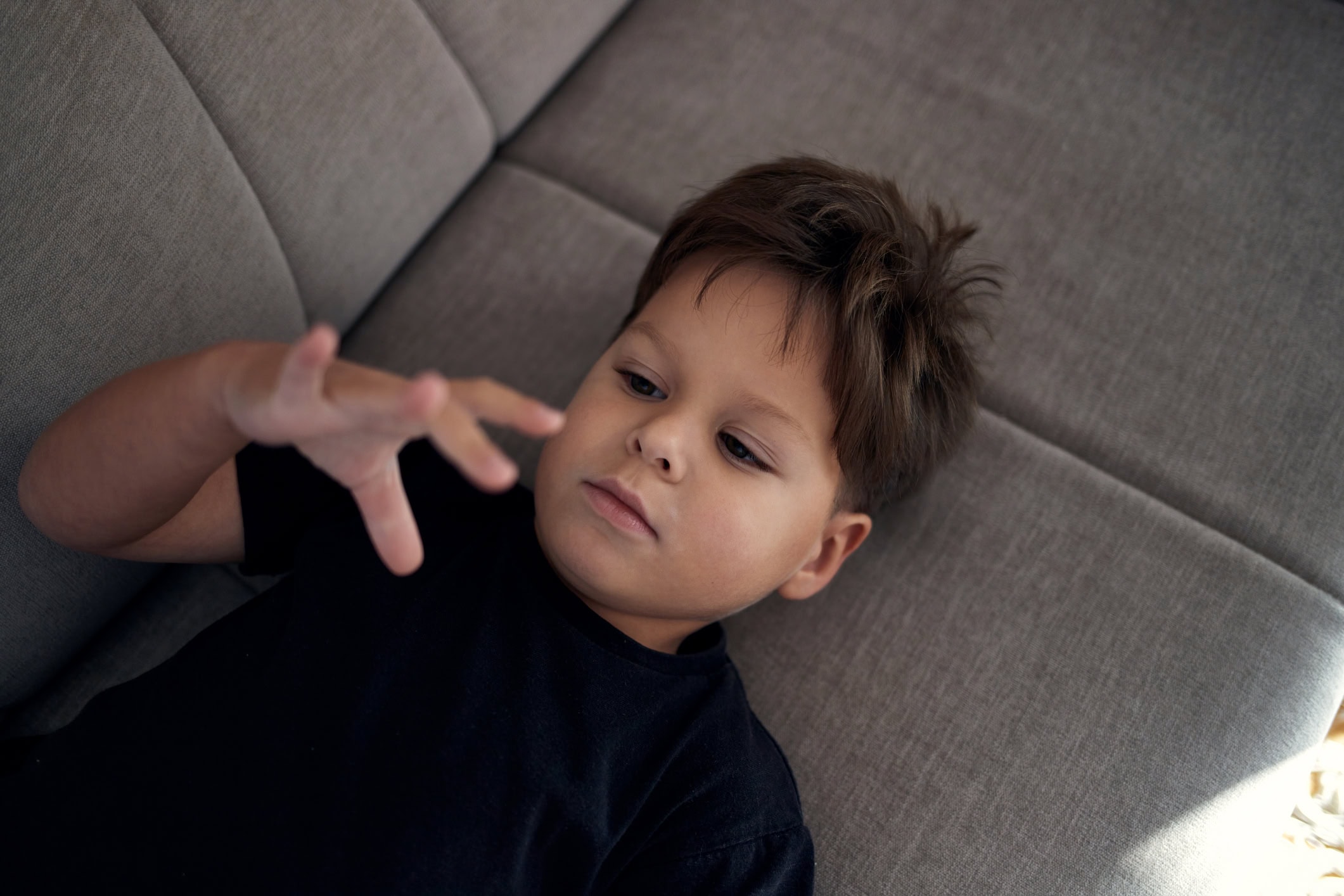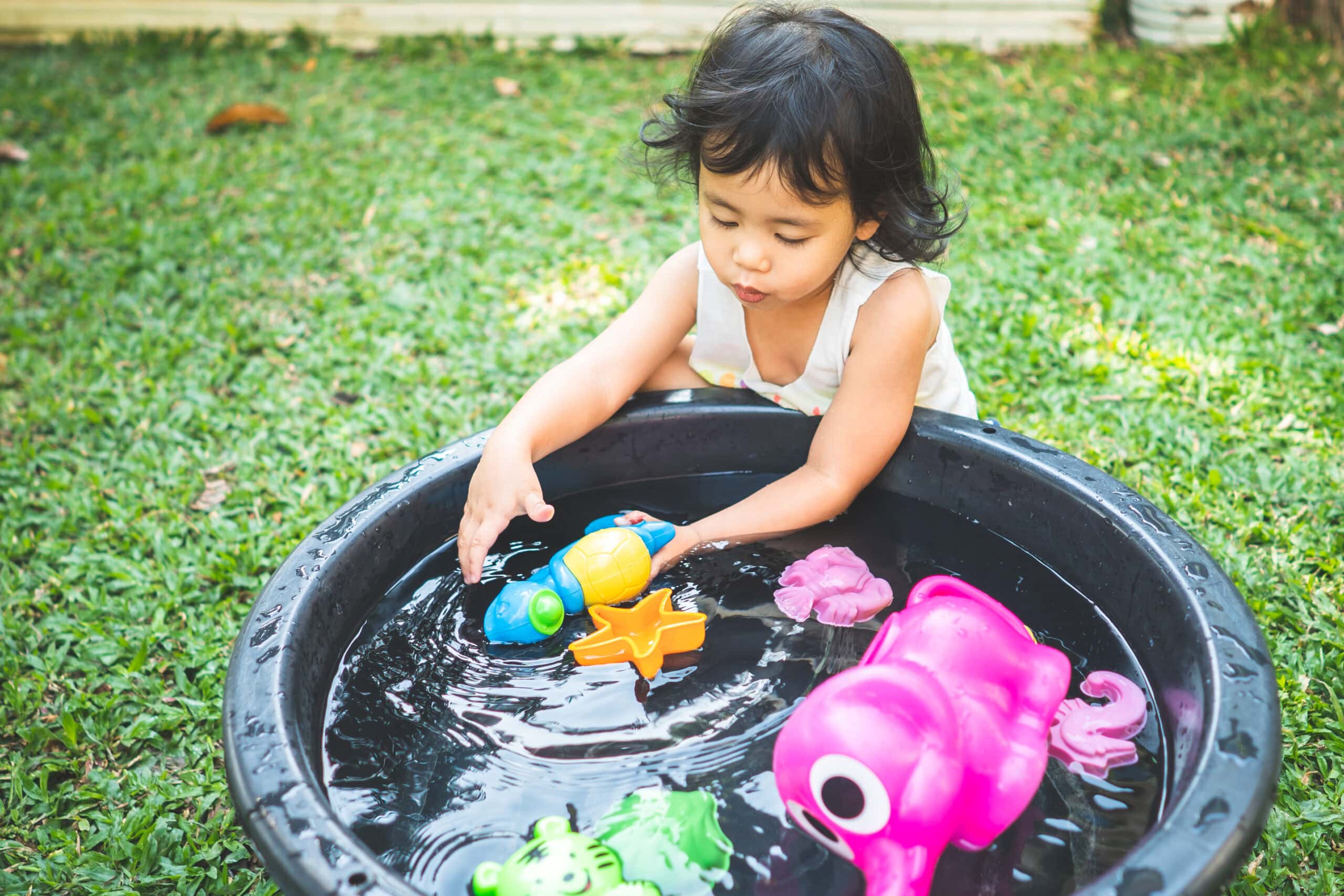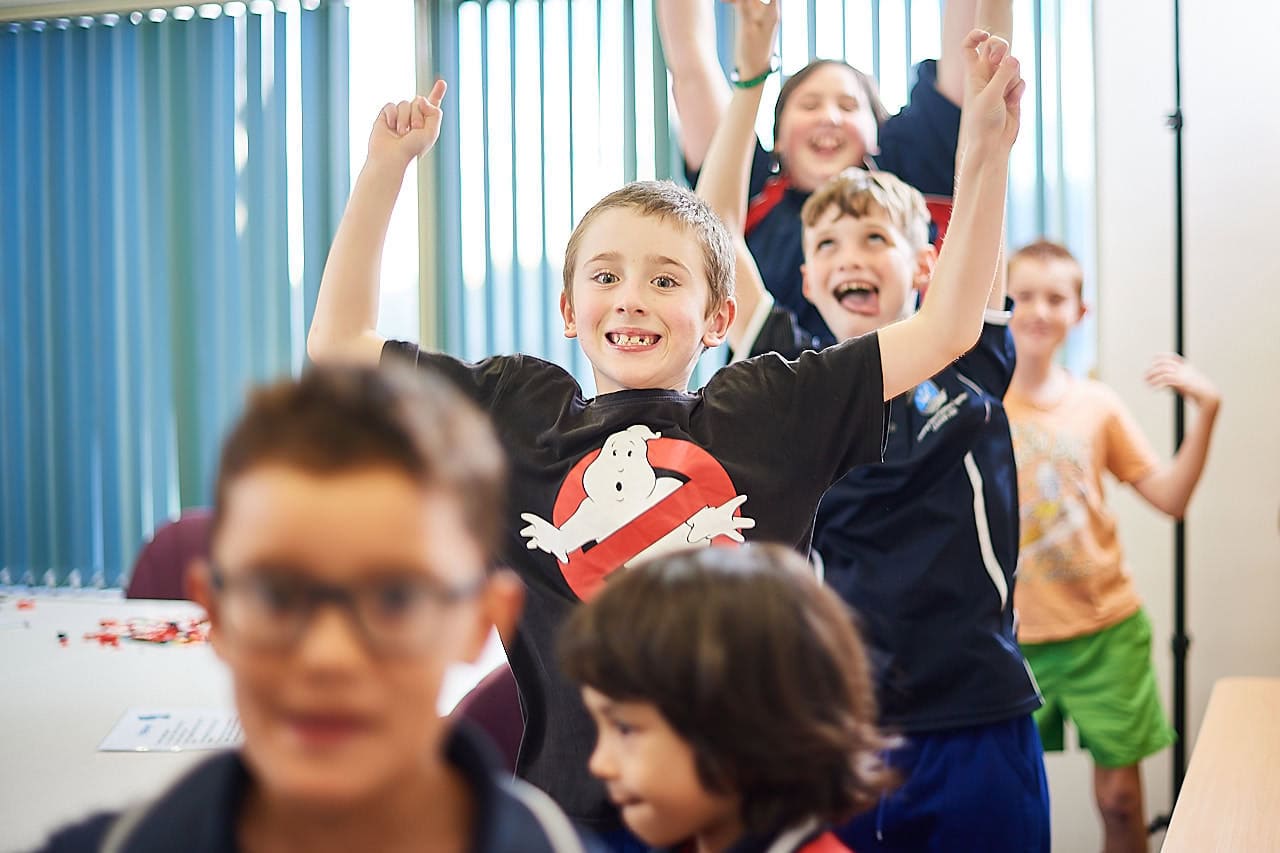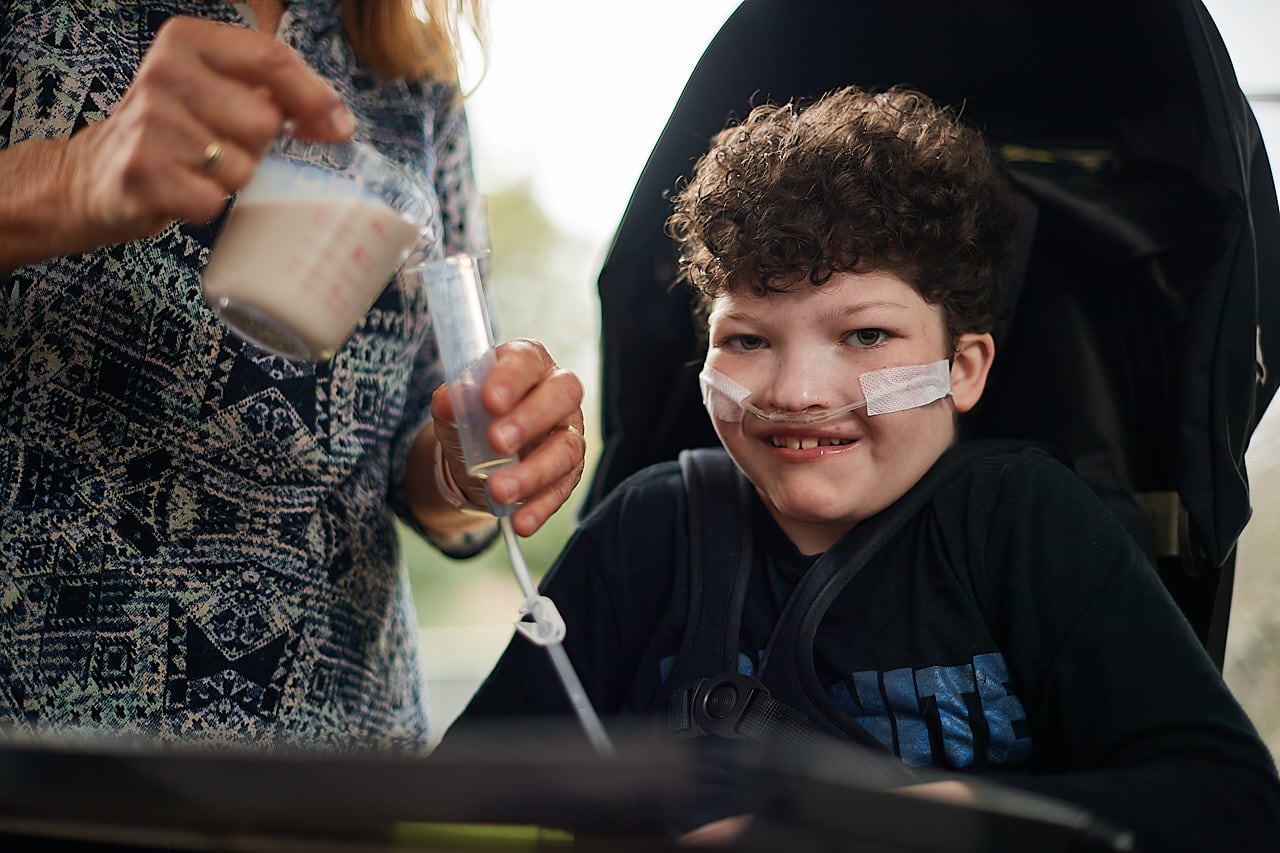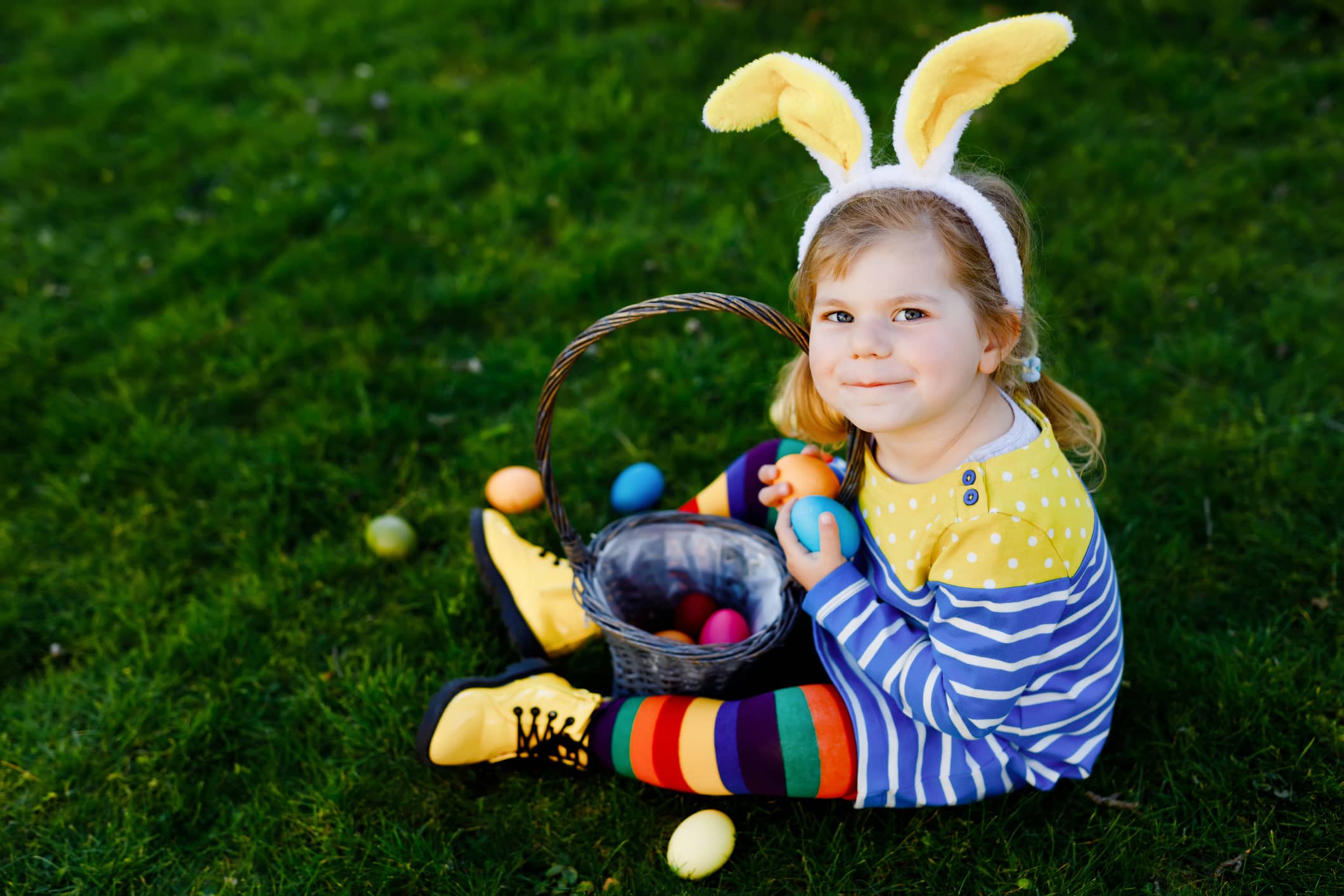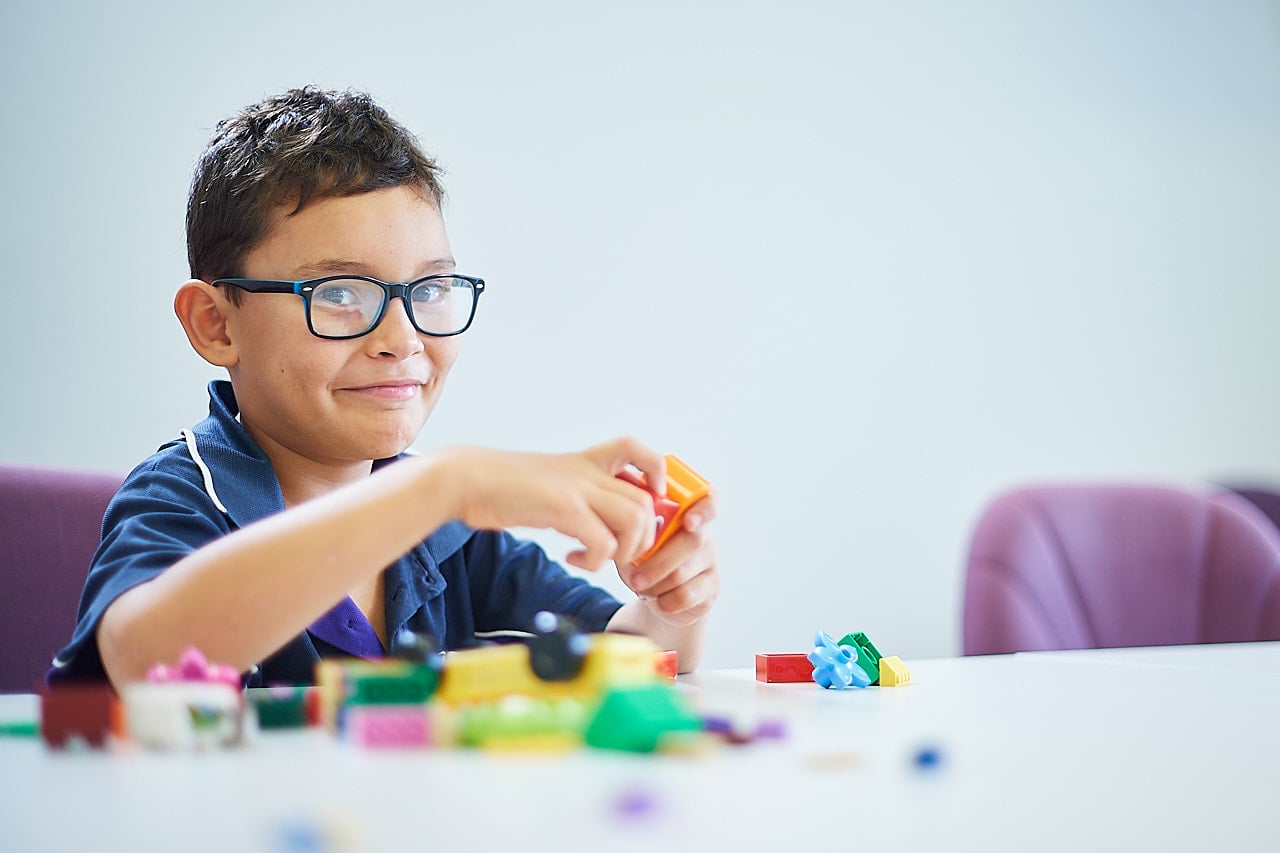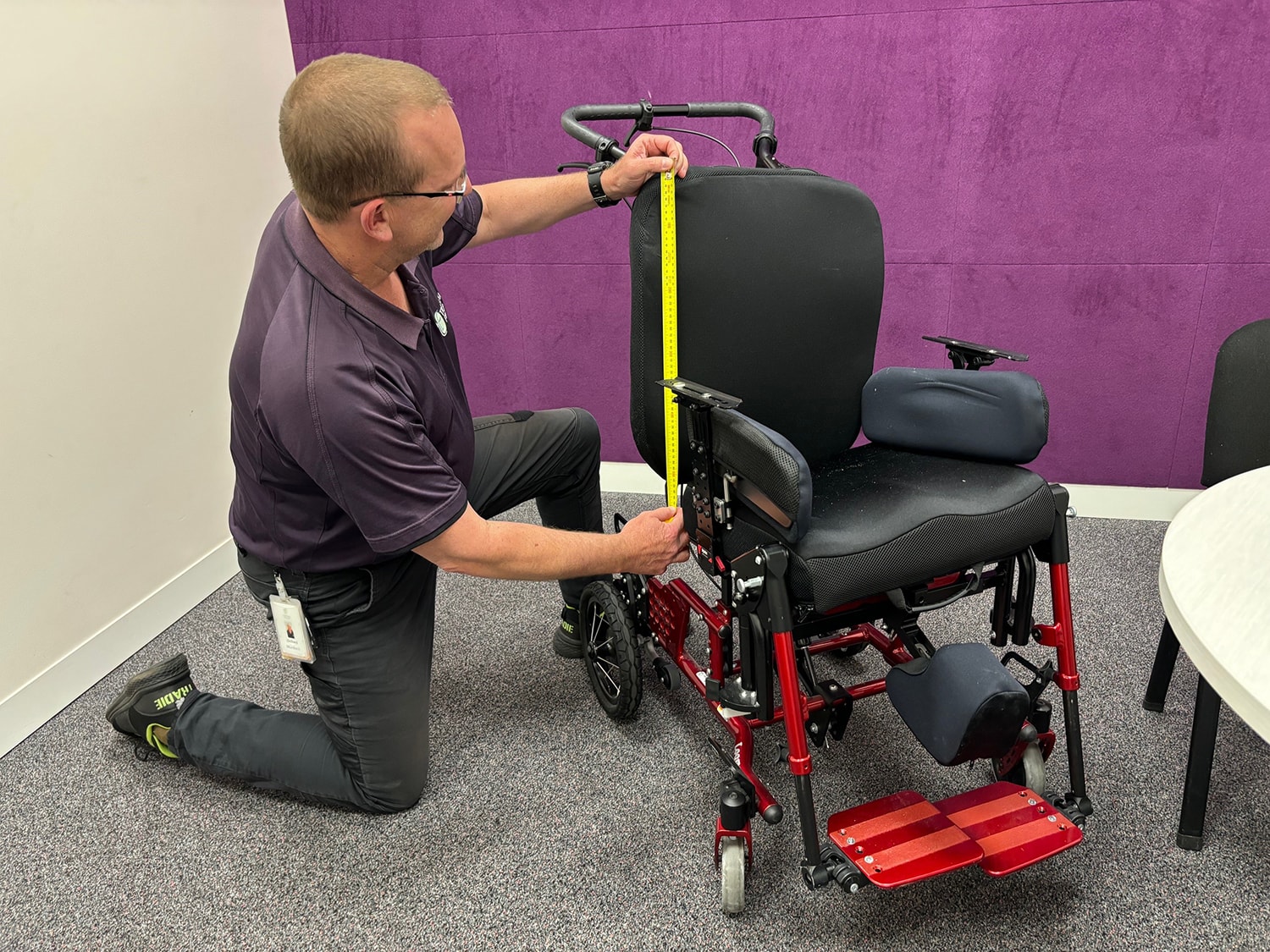Grow through play to support therapy goals
The summer school holidays are in full swing and it’s a chance to take the whole family out and enjoy some fun. However, for parents of children with disability who require ongoing therapy, this time of year can be complex, often creating anxiety about maintaining progress.
But don’t stress! Taking a break can be beneficial for your child, as this can help reduce therapy fatigue and ensure your child is refreshed and ready to engage again in 2025. Therapy sessions demand a lot of hard work—both mentally and physically. So, time away from structured sessions offers an opportunity to consolidate skills and put the hard work into everyday life. It’s also a great opportunity for parents to see how far their child has come and reinforce their progress in a comfortable environment.
The holidays are a time to relax and enjoy quality moments together, so we’ve gathered some fun activities that will help you bond as a family while also supporting your child’s therapy goals.
Water playspaces
Water play is a great way to cool down during the heat while sneaking in some fun therapy. This activity offers rich sensory experiences and encourages physical coordination. If you’re at home, create a water play zone by filling up an inflatable pool with some buckets and toys. Pouring water from cup to cup, splashing and grabbing toys floating in the water all support fine and gross motor skills.
Incorporate some cognitive and language skills by naming objects and following simple instructions like “fill the red cup” or “pour the water slowly.” Encourage your child to take turns and share with yourself and siblings to help them continue to develop those social skills.
Alternatively, take your kids for an outdoor adventure, take advantage of your local community’s water playspaces! Check out this amazing list by Nature Play WA for FREE water playspaces in Perth.
Whether you’re at home or out exploring, water play is a fantastic way to help your child grow and develop—while they just think they’re having a blast!
Nature scavenger hunt
While going on a hike or at your local park, try to explore more of the outdoors with a scavenger hunt. Try communicating a list of items for your child to find, like “a pink flower”. Not only will they be excited to track down the item and think of it as a game, but they will also be practising language and cognitive skills, problem solving and following instructions.
Does your child love drawing? Be creative and bring along a clipboard, scrap paper and coloured pencils, and have your child draw the items they find.
Not of a fan of a hike? You can even go to the beach and find some beautiful shells. The options are endless, have fun and tailor the activity to your child’s interests.
Bubble play
Who doesn’t love bubbles? They’re an easy and affordable way to keep kids entertained. The kids can also make their own simple bubble mixture at home, another activity you can incorporate (if your child struggles with blowing bubbles ensure you use baby soap to avoid them getting sick if it is ingested). This activity works on oral and fine motor skills, hand-eye coordination, communication skills and social skills.
Blowing bubbles
Blowing bubbles isn’t just fun—it helps strengthen oral motor skills, which are important for speech development. As your child blows, they’re working on breath control and mouth coordination, both of which can help with speech clarity and pronunciation. The more bubbles they blow, the stronger those muscles get, making it a playful way to support communication goals. Hide items in the bubbles and ask your child to locate them in the bubbles to help build attention and communication skills.
Popping and catching bubbles
Chasing and popping bubbles is an exciting way to work on hand-eye coordination and fine motor skills. Your child will have to focus on tracking the bubbles as they float by, then reach out and pop them.
Add in more fun, by challenging your child by asking them to follow instructions like “pop five bubbles” or “blow the biggest bubble you can.”
Explore the garden
Gardening is educational, calming and a fun experience to support their development in so many ways.
Sensory experience
Gardening provides a rich sensory experience that’s perfect for children who benefit from sensory play. Feeling the soil between their fingers, smelling fresh flowers and exploring different textures all offer grounding and soothing experiences. It can help with sensory regulation as well as building a healthy connection to nature.
Emotional wellbeing
Gardening is a great way to encourage relaxation and mindfulness, helping boost your child’s mood and overall emotional wellbeing. Being in nature has been shown to reduce stress and increase happiness, making it a great activity for mental health.
Develop motor skills and responsibility
Tasks like pulling weeds, digging in the dirt, planting seeds and watering plants all help strengthen muscles and improve coordination. Gardening also helps teach responsibility. By taking care of plants, your child learns patience and the importance of nurturing living things.
Check out Nature Play’s free outdoor learning program!
Watch the pride they’ll feel when they see their plants grow, it’s priceless—so get those hands dirty and start digging into some garden fun this summer!
While therapy sessions are structured and goal-orientated, engaging in other activities offers a chance for your child to practice what they’ve learnt naturally. Play-based learning is the core of growth and development for children and the most effective teaching tool parents and carers have.
So, SLIP, SLOP, SLAP! Head outside and enjoy the sun with your family!
